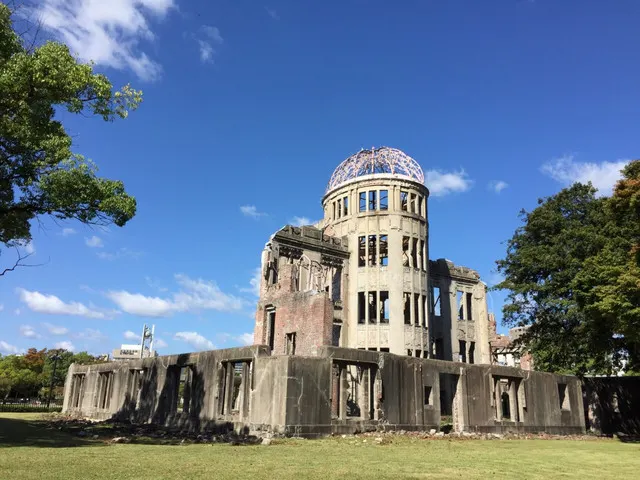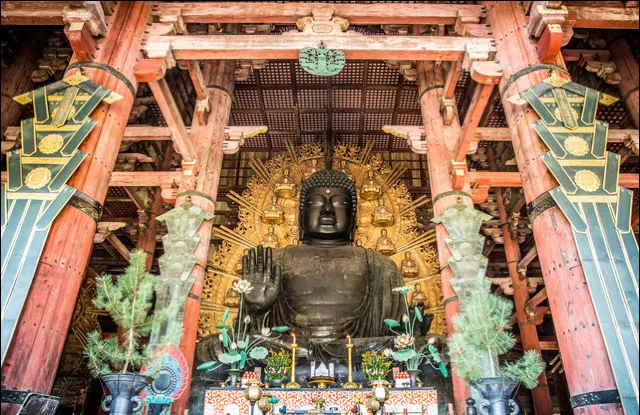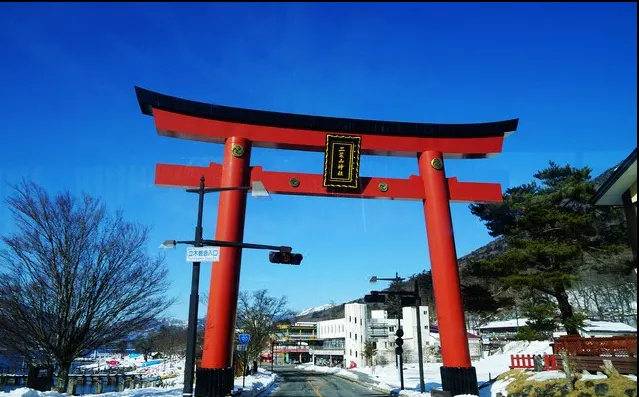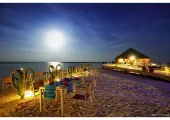Visit Japan’s World Heritage Sites (I)
Catalogue
- Buddhist Architecture in The Horyuji Temple Area
- Himeji Castle
- Yakushima
- Shirakami-Sanchi
- Historic Monuments of Ancient Kyoto
- Shirakawa Gō and Gokayama’s Gassho-zukuri Village
- Atomic Bomb Dome
- Itsukushima Shrine
- Historic Monuments of Ancient Nara
- Shrines and Temples of Nikkō
Show More
Japan has a great enthusiasm for world heritage. From their first 4 most important world heritage sites at the end of 1993, there have been new projects almost every year. So far, 21 sites have been listed in the world heritage list, including 17 cultural heritage sites and 4 natural heritage sites.
Cultural Heritage The Buddhist architectural complex in the Horyuji Temple area is one of the earliest world heritage sites in Japan. It is an ancient religious building of considerable historical value. The Sai-in inside the temple is the oldest wood structure building complex in the world. There are a large number of Japanese national treasures and important cultural treasures such as paintings, sculptures and Buddha statues, which have been in the temple since the Asuka period. By coming here, you can closely feel the age that Prince Shotoku lived in, and imagine the magnificent Taika Reforms to satisfy your curiosity for history. Listed as a world heritage site: December 1993

Himeji Castle is also one of the first batch of world heritage sites in Japan. Because of its white exterior wall, it is also known as the White Egret Castle, which makes it look like a fairyland castle from afar. Because of how well it’s preserved, it is called the first famous city in Japan. Because Himeji Castle has remained intact, it is considered the No.1 city in Japan. You have to come here to realize how beautiful Himeji Castle truly is, especially in the spring when Cherry Blossoms are in full bloom, which makes the White Castle more charming. Listed as a world heritage site: December 1993
Located in the south of Kagoshima, you need to take a plane or a high-speed boat to get to Yakushima. The island has dense vegetation and unique scenery. Shiratani Unsui Valley has picturesque scenery. Hayao Miyazaki's cartoon once used this place as his inspiration. When hiking on the island, you can see the thousand-year-old Jomon Sugi from time to time. You can become one with nature and appreciate its charm. Listed as a world heritage site: December 1993
Shirakami-Sanchi spans Aomori-ken and Akita-ken, which is an original ecological area that hasn’t been affected by humans. Shirakami-Sanchi has the largest beech forest in the world, in which there are a lot of animals. ZhenLai Gorge, Anmon No Taki, Daira-kyo Valley and other stream valleys and waterfalls are scattered among the valley. Anmon No Taki is the most popular place among those mentioned above. There is a tourist route that leads you there, along which there are dense forests and clear rivers. You can fully enjoy the pleasures of walking in nature here. Listed as a world heritage site: December 1993
Apart from Kyoto, the 13 temples in Uji-shi, 3 shrines and Nijo Castle, the historic monuments of Ancient Kyoto also include its neighbor, Shiga-ken’s Enryaku-ji Temple. You can stroll around this ancient capital and feel its profound history and religious culture contained within it. Listed as a world heritage site: December 1994
Shirakawa Gō’s Gassho-zukuri, a cultural heritage site, is located in the northwest of Gifu-ken. In fact, the Gassho-zukuri of Gokayama are also included in the world heritage list. The roof of Gassho-zukuri is triangular, which is a kind of architectural form suitable for large families created by local residents to resist the cold and snow. The traditional villages in the mountains have different scenery all year round. The villages after snow are like a fairy tale world. Listed as a world heritage site: December 1995
If other world heritage sites take your breath away, the atomic bomb site in Hiroshima is a world heritage site that will put you in a poor mood. On August 6, 1945, the Atomic Bomb Dome, also known as the Hiroshima Peace Memorial, didn't topple during the American atomic bombing, which is some sort of miracle. Nowadays, people reflect on the crimes of war and the fault of human beings through this site. Listed as a world heritage site: December 1996

Located in Hiroshima, Itsukushima Shrine is one of the “Three Views of Japan”. It was built around 593 AD and is a place to worship 3 of the ocean goddesses from ancient Japanese legends. As Itsukushima Shrine is built near the sea, the scenery of the shrine, and the birds around it, will change with the tide’s ebb and flow. Listed as a world heritage site: December 1996

Like Kyoto, the same ancient Nara was listed as a world heritage site four years later. Nara was the capital of Japan from 710 to 794 AD, and back then was called Heijō-kyō For almost a hundred years, Nara was deeply influenced by the culture of China’s Tang Dynasty. At that time, Nara was the political, economic and cultural center of Japan. It left rich historical sites for future generations, especially the symbol of the ancient capital, the Great Buddha of Tōdai Ji. When you wander around the peaceful Nara, you can still vaguely feel the prosperous scene back then. Listed as a world heritage site: December 1998

Nikko in the northwest of Tochigi-ken is a gathering place for cultural treasures and was managed by the Tokugawa family for many years. Among all the sites, Nikkō Tōshō-gū, Rinnō-ji and Futarasan jinja, the ancient "two shrines and one temple" building complex, are rated as world heritage sites. You can see many fancy religious buildings here. Buddhism and Shintoism are all accepted here and the shrines here are also combined for the later generations' worship of Tokugawa Leyasu. Listed as a world heritage site: December 1999

Trending Travelogues
Popular Trip Moments
Popular Attractions
Popular Ranked Lists
Popular Destinations
Recommended Attractions at Popular Destinations






of the year 2024
Site Operator: Trip.com Travel Singapore Pte. Ltd.






